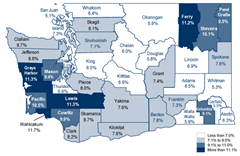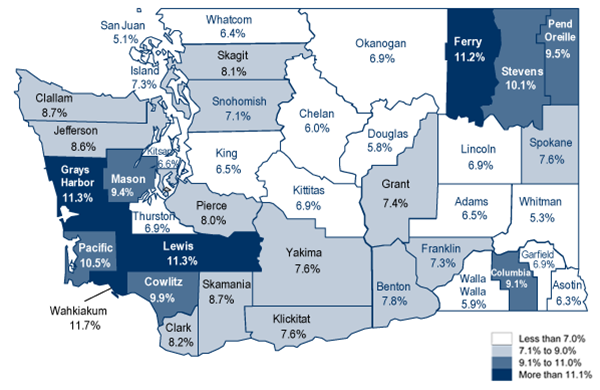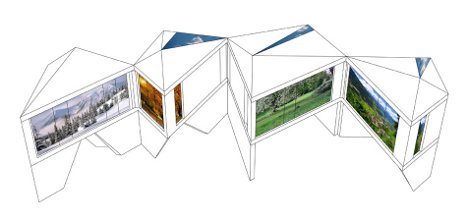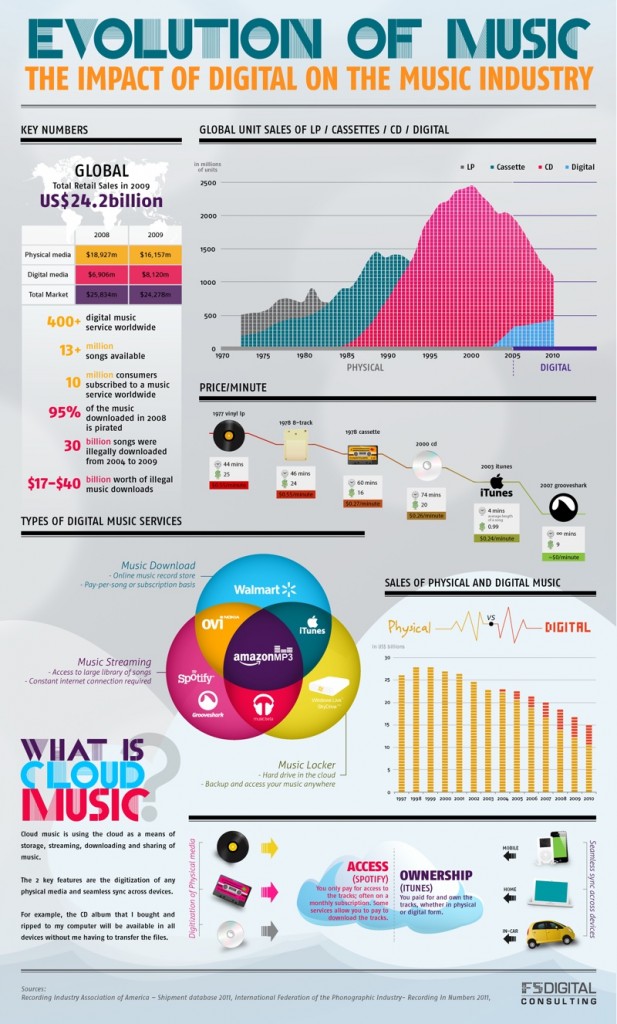 Forbes partnered with Nextdoor.com, a social network for neighborhoods, to determine the friendliest towns in America. A total of 500 towns with populations between 5,500 and 150,000 were included in the study and ranked on the percentage of owner-occupied homes, crime rate, charitable giving, and percentage of college graduates. Studies have shown home ownership can increase neighborhood stability and college-educated people have been found to display more civic engagement.
Forbes partnered with Nextdoor.com, a social network for neighborhoods, to determine the friendliest towns in America. A total of 500 towns with populations between 5,500 and 150,000 were included in the study and ranked on the percentage of owner-occupied homes, crime rate, charitable giving, and percentage of college graduates. Studies have shown home ownership can increase neighborhood stability and college-educated people have been found to display more civic engagement.
The following towns emerged as the top 6 friendliest towns in the nation, according to the study:
- Sammamish, Wash.: a Seattle suburb where nearly 90 percent of households own their own homes.
- Orinda, Calif.: Just outside of Oakland, this suburb boasts a 92 percent of owner-occupied units.
- Fishers, Ind.: This town has a very low crime rate and year-round community activities.
- Seal Beach, Calif.: An “Orange County seaside enclave” in which about 75 percent of residents own their homes.
- Westerville, Ohio: A Columbus suburb boasts about 40 parks, and a very low crime rate.
- Frisco, Texas: Fast-growing suburb in which the population has grown from 40,000 to 120,000 since 2000 and 80 percent of its risdents own their homes.
Check out the homes available here in Sammamish.
Find out what other towns made the friendliest list at Forbes.

 According to the National Association of Realtors Dr. Lawrence Yun, NAR chief economist, said there is Median prices, and the impact of distressed properties healthy market demand. “Momentum continues to build in the housing market from growing jobs and a bursting out of household formation. “With lower rental vacancy rates and rising rents, combined with still historically favorable affordability conditions, more people are buying homes. Areas impacted by Hurricane Sandy show storm-related disruptions but overall activity in the Northeast is up, offset by gains in unaffected areas.”(NAR), existing home sales continued to improve in November with low inventory supply pressuring home prices, rising 5.9 percent for the month, spiking 14.5 percent compared to November 2011. NAR reports that sales are at the highest level since November 2009.
According to the National Association of Realtors Dr. Lawrence Yun, NAR chief economist, said there is Median prices, and the impact of distressed properties healthy market demand. “Momentum continues to build in the housing market from growing jobs and a bursting out of household formation. “With lower rental vacancy rates and rising rents, combined with still historically favorable affordability conditions, more people are buying homes. Areas impacted by Hurricane Sandy show storm-related disruptions but overall activity in the Northeast is up, offset by gains in unaffected areas.”(NAR), existing home sales continued to improve in November with low inventory supply pressuring home prices, rising 5.9 percent for the month, spiking 14.5 percent compared to November 2011. NAR reports that sales are at the highest level since November 2009.

![clip_image002[5] clip_image002[5]](http://www.emmanuelfonte.com/wp-content/uploads/2012/12/clip_image0025_thumb.jpg)
![clip_image002[7] clip_image002[7]](http://www.emmanuelfonte.com/wp-content/uploads/2012/12/clip_image0027_thumb.jpg)
![clip_image002[9] clip_image002[9]](http://www.emmanuelfonte.com/wp-content/uploads/2012/12/clip_image0029_thumb.jpg)







 Their creation is the Dynamic D*Haus, a home that actually moves and morphs according to the seasons. The house can move into eight different configurations – kind of like origami or a transforming toy, but on a massive scale.
Their creation is the Dynamic D*Haus, a home that actually moves and morphs according to the seasons. The house can move into eight different configurations – kind of like origami or a transforming toy, but on a massive scale. The house follows that principle with its four moving modules. As the shape of the building needs to change, the modules shift around and move on rails to form new shapes. Interior walls become exterior walls and vice versa, effectively changing the functionality of the house.
The house follows that principle with its four moving modules. As the shape of the building needs to change, the modules shift around and move on rails to form new shapes. Interior walls become exterior walls and vice versa, effectively changing the functionality of the house. In addition to changing its shape based on the seasons, the Dynamic D*Haus would be able to rotate throughout the day to follow the sun, maximizing sun exposure and natural heating for the residents.
In addition to changing its shape based on the seasons, the Dynamic D*Haus would be able to rotate throughout the day to follow the sun, maximizing sun exposure and natural heating for the residents. The only drawback to a home that changes shape and orientation so regularly is the fact that it would be incredibly disorienting. Imagine the living room being next to the kitchen one day and on the opposite side of the house the next. The designers are still working out these kinks in practicality; perhaps the answer will simply be that only truly adventurous souls can inhabit these morphing homes.
The only drawback to a home that changes shape and orientation so regularly is the fact that it would be incredibly disorienting. Imagine the living room being next to the kitchen one day and on the opposite side of the house the next. The designers are still working out these kinks in practicality; perhaps the answer will simply be that only truly adventurous souls can inhabit these morphing homes.